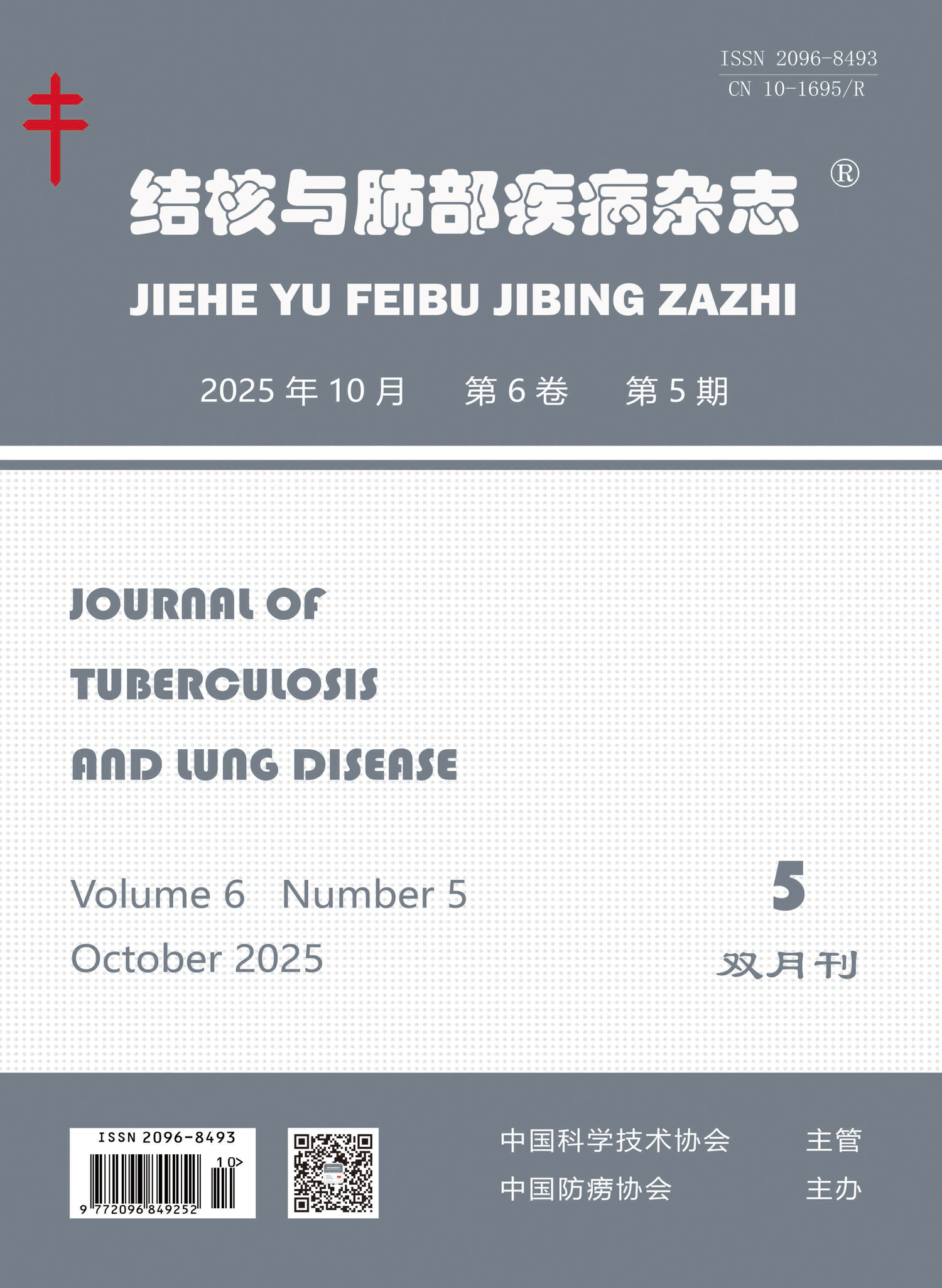Objective: To evaluate the value of receptors for advanced glycation end products (RAGE), surfactant protein D (SP-D), angiopoietin 2 (ANG2) and high mobility group protein B1 (HMGB1) in assessing severity and prognosis of Community-acquired Pneumonia (CAP). Methods: A total of 112 patients hospitalized and diagnosed with CAP in the Department of Respiratory and Critical Care Medicine of Henan Provincial People’s Hospital from January 2022 to January 2023 were enrolled, including 70 patients with non-severe CAP (NSCAP) and 42 patients with severe CAP (SCAP). According to 90-day survival status, they were divided into survival group (83 patients) and death group (29 patients). The plasma concentrations of RAGE, SP-D, ANG2 and HMGB1 were determined by ELISA. Binary logistic regression analysis was used to assess risk factors for developing SCAP and 90-day mortality. Receiver worker characteristic curve (ROC) was used to analyze values of these indicators in predicting risks of SCAP and 90-day mortality alone and in combination with CURB-65 score. Results: The median plasma concentrations of RAGE, SP-D, ANG2, and HMGB1 in the SCAP group were 2.09 (0.90,4.99) ng/ml, 3.48 (2.22,6.98) ng/ml, 3.59 (2.50,6.31) ng/ml, and 47.52 (25.99,80.58) ng/ml, respectively, significantly higher than those in the NSCAP group which were 1.21 (0.88,2.26) ng/ml, 2.45 (1.36,3.77) ng/ml, 0.90 (0.53,1.64) ng/ml, and 14.09 (7.96,25.31) ng/ml, respectively (Z=-2.861,P=0.004;Z=-2.951,P=0.003;Z=-7.272,P<0.001;Z=-6.256,P<0.001). ANG2 and HMGB1 were independent risk factors for SCAP (OR=3.889,95%CI:1.775-8.518,P=0.001;OR=1.047,95%CI:1.012-1.082,P=0.008). ANG2 combined with HMGB1 had the highest AUC prediction value (0.923), while the sensitivity and specificity were 83.3% and 85.7%, respectively. The median plasma concentrations of RAGE, SP-D, ANG2, and HMGB1 in the death group were 2.73 (0.82,4.59) ng/ml, 3.41 (2.49,6.86) ng/ml, 4.30 (2.98,6.63) ng/ml, and 64.01 (35.32,89.34) ng/ml, respectively, significantly higher than those in the survival group (1.24 (0.90,2.37) ng/ml, 2.61 (1.38,4.32) ng/ml, 1.00 (0.60,1.98) ng/ml, and 15.05 (9.26,26.44) ng/ml, respectively). The differences were statistically significant (Z=-1.989,P=0.047;Z=-2.295,P=0.022;Z=-7.024,P<0.001;Z=-6.446,P<0.001). ANG2, HMGB1 and CURB-65 score were independent risk factors for 90-day mortality in patients with CAP (OR=5.458,95%CI:1.374-21.683,P=0.016;OR=1.089,95%CI:1.030-1.151,P=0.003;OR=2.772,95%CI:1.097-7.003,P=0.031). ANG2 and HMGB1 combined with CURB-65 score could more accurately predict the risk of 90-day mortality in CAP patients, for which the AUC value could reach 0.970, and the sensitivity and specificity were 89.7% and 92.8%, respectively. Conclusion: The plasma concentrations of RAGE, SP-D, ANG2, and HMGB1 significantly increased in SCAP and 90-day death group. ANG2 and HMGB1 were independent risk factors for SCAP. ANG2, HMGB1, and CURB-65 score were independent risk factors for 90-day mortality in patients with CAP. Combining these three factors could increase prediction value on assessing 90-day mortality risk.

 Wechat
Wechat